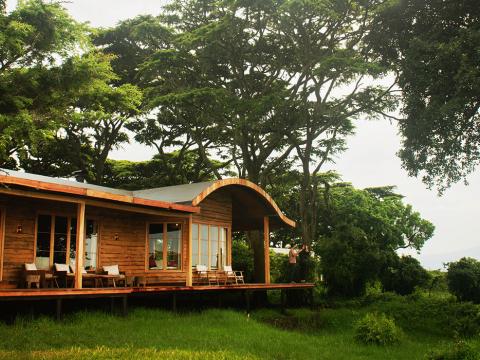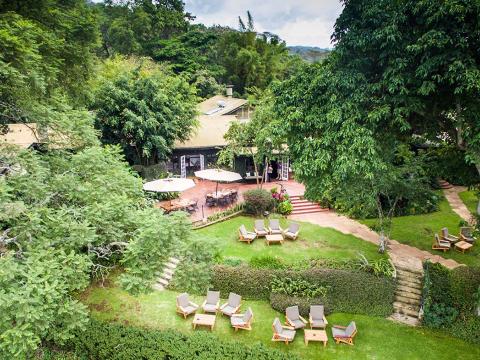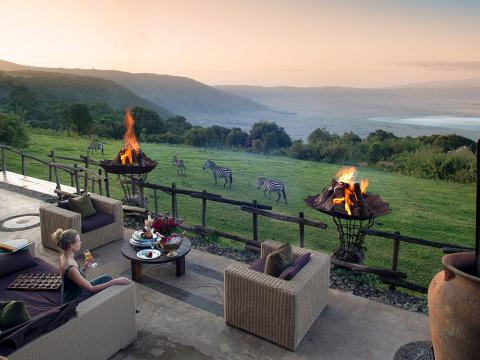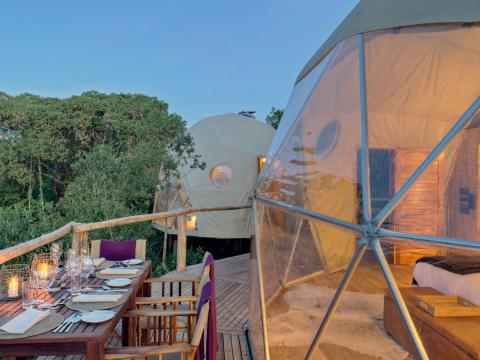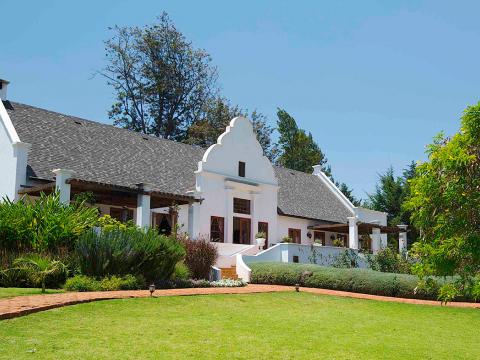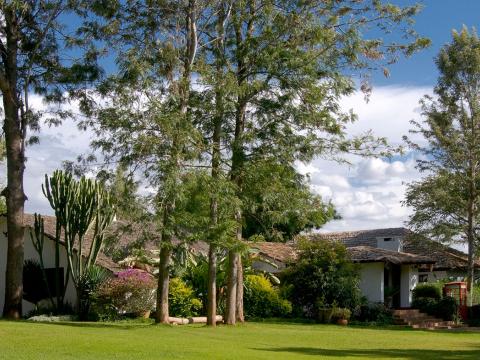Ngorongoro Conservation Area
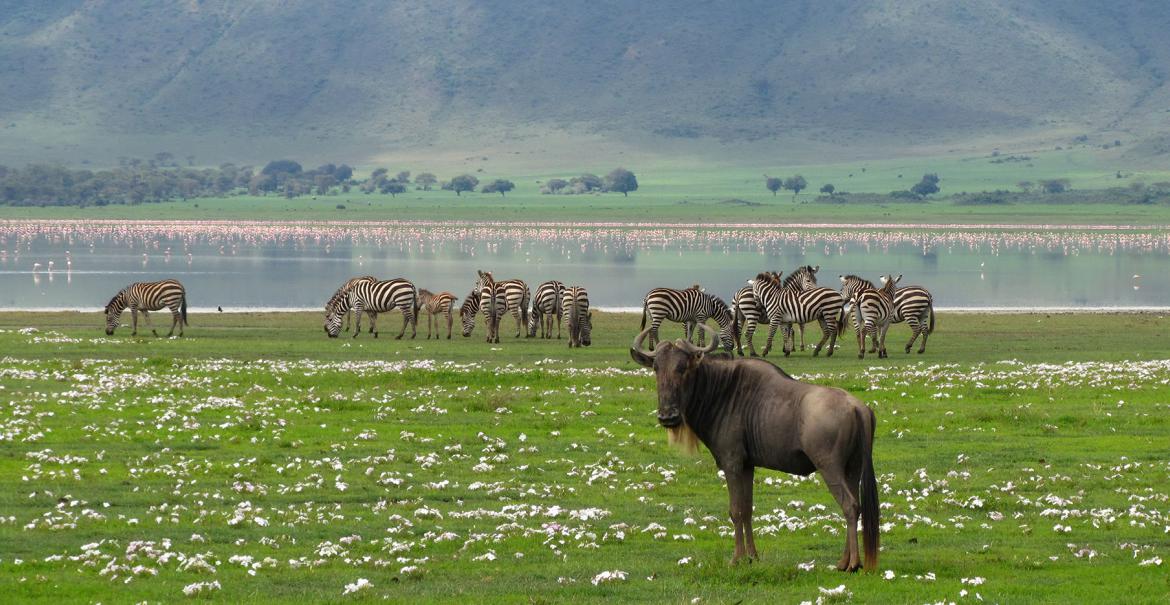
The Ngorongoro Conservation Area (over 8000 km2) is a protected area where the local Masai live side by side with wild animals. In these highlands, part of the Serengeti ecosystem, there are several craters and mountains, culminating in the Ngorongoro Crater.
The Masai are the current inhabitants of the Ngorongoro Conservation Area. They do not cultivate the land: instead, they let their cattle graze in the area. The cattle provides the basic needs of the Masai: meat, milk and manure for making huts. Their cattle grazes here right next to the other (wild) animals in the area.
The Ngorongoro Conservation Area is home to an abundance of wildlife. You can have all kinds of gazelles, zebras, herds of wildebeest, giraffes, elephants, etc., but also predators and birds. The wildlife is varied in a landscape that has many hills and valleys.
Ngorongoro Crater
2280 to 2440 meter
The Ngorongoro Crater (21 x 17 km) is one of the world's greatest natural spectacles and a paradise for those who enjoy taking photos. When you stand on the rim of the crater overlooking this natural amphitheater, you will be impressed by the wondrous beauty of the green plains, forests, marshes, small rivers and Lake Magadi.
The crater is actually a collapsed volcano, with beautiful vegetation. The crater walls can reach an average height of 610 meters. This special place on earth is a feast for the eyes. It is no coincidence that the crater is also known as the Ark of Noah. The fertile volcanic soil is the ideal environment for this intriguing ecosystem.
It's swarming with wild animals: lions, leopards, cheetahs, elephants, monkeys, zebras, gazelles, rhinos, buffalo, wildebeest, hippos and hundreds of birds. Countless flamingos form a pink carpet on the lake. The animals can walk in and out of the crater, but most have selected this fertile habitat as their permanent residence.
Olmoti Crater
2944 meter
The Olmoti Crater, near the village of Nainokanoka, is only accessible by foot. It is called a caldera, a volcanic crater wall which collapsed. The bottom of the crater has an exuberant vegetation, where many Masai let their cattle graze.
Empakai Crater
2200 meter
Empakai Crater is one of the lesser known craters north of the Ngorongoro Crater. The steep walls are densely covered with cloud forest and the bottom of the crater is largely occupied by a soda lake, often colored pink by tens of thousands of flamingos. On a clear day Kilimanjaro and Lake Natron can be seen from the rim.
Ol Doinyo Lengai
2960 meter
Ol Doinyo Lengai means Mountain of God in the language of the Masai, it is in their culture the sacred mountain. The volcano is unique from others, because of a different composition and the lower temperature of the ejected lava which make the mountain appear black rather than (the usual) red in the sunlight.
Furthermore...
You can also visit the Oldupai Gorge, where the impressive traces were found from the oldest man, or one of the Masai villages; the Masai are the indigenous people of Tanzania. It will leave a lasting impression when you meet these colorful especially hospitable pastoral people, which has spend hundreds of years moving with their cattle through the crater in search of food and water.

